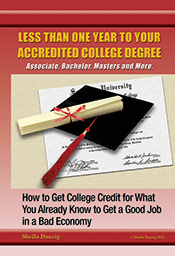The United States has a college drop out problem. In fact, over 30% of college students in the country drop out in their first year of school.
Students at highest risk of drop out are older students coming back to school, part-time students, and economically disadvantaged students. Non-traditional college students are the challenges of balancing work, family and school, in an academic environment not necessarily built to support their circumstance.
Schools have gotten better about offering more guidance and support to non-traditional students, and many even offer online courses as a part of the degree program. With the rising cost of college, some community colleges collaborate with local state colleges and universities to transfer credits after completing the first two years of a bachelors program at the community college, and completign the last two years at the state college or university. However, to access these opportunities, students at high risk of drop out must seek out guidance from advisors.
To prevent drop out this school year, talk to your school guidance counselor about planning an academic track that’s right for you to meet your goals. Online classes may offer you the flexibility you need to balance work, family, and school. Doing a transfer program between a community college and local state college or university can be a solution to financial overstretch. You may even be able to get college credit for applicable work experience you already have, putting you that much closer to your academic goals.
Before you enroll, find out how close you actually are to earning your degree – you may be closer than you think! To learn more about the college credit you may already have, visit TheCareerPeople.com.
Tags: college drop-out, college enrollment, college student, non-traditional college student, online college, online school, transfer student



